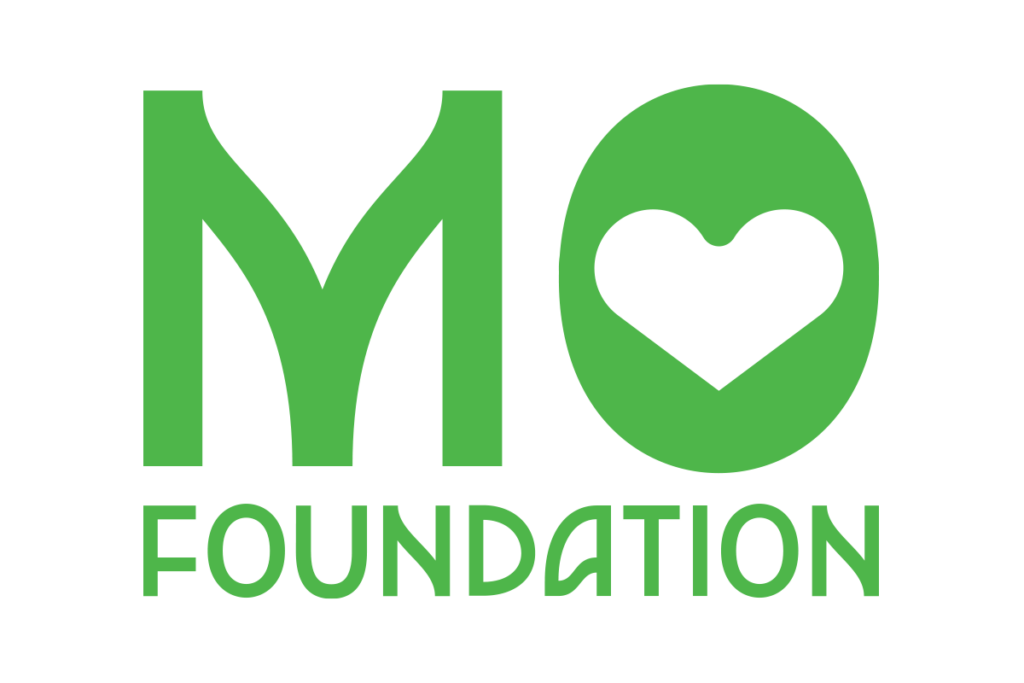
In today’s world, managing debts effectively is a crucial skill for achieving financial stability and peace of mind. Whether you’re dealing with liability debts, asset debts, or bad debts, understanding how to navigate them can make a significant difference in your financial well-being.
You might have read somewhere about categorizing asset debts as good debts and liability debts as bad debts. However, our first rule of thumb is that all debts can be bad if you cannot afford to pay them or if you control more than what you need.
In this article, we will explore practical strategies and rules to help you manage or pay off your debts, empowering you to take control of your financial situation. Let’s consider two scenarios, before or after borrowing money.
A. Before borrowing money, please consider the following:
- Assess Your Financial Health:
Begin by taking a comprehensive look at your financial situation. Evaluate your income, expenses, and existing debts. This assessment will provide a clear understanding of your financial obligations and allow you to develop a plan for debt management.
- Create a Budget and Prioritize:
Develop a realistic budget that covers your essential expenses while allocating a portion of your income towards debt repayment. When considering borrowing money, look at the interest costs and evaluate how long your current financial progress can bring you back towards becoming debt-free. And on the budget itself, your total debt should not be more than 40% of your total household income.
- Choose a Repayment Strategy:
Choose the strategy that aligns best with your financial goals and motivates you to stay on track. For example, if you have a stable job with the potential for growth over time, you may consider obtaining a shorter-term loan to pay it off more quickly. Alternatively, if you anticipate receiving a substantial sum of money within the next 1-2 years, you could choose for a loan with a fixed interest rate from the outset and plan to pay it off entirely within that time frame. It is crucial to carefully examine the refinancing terms and considerations outlined in the contract as well.
- Reduce Expenses and Increase Income:
Examine your expenses and find areas where you can cut back. Minimize flexible spending, eliminate unnecessary subscriptions, and make careful choices in your daily life. Don’t consider borrowing money for your daily expenses or luxury goods. Additionally, explore opportunities to increase your income, such as taking on a side job or freelance work. The extra funds can be directed towards debt repayment, accelerating your progress.
B. After borrowing money, consider the following solutions to manage your debts effectively:
- The snowball strategy for debt is a method of debt repayment that involves tackling debts in a specific order. It starts by listing all debts from smallest to largest balance, regardless of interest rates. By focusing on paying off the smallest debt first while making minimum payments on the rest, individuals experience quick wins and build momentum. As each debt is paid off, the freed-up funds are then applied to the next debt, creating a “snowball” effect. This strategy emphasizes psychological motivation and progress, aiming to eliminate debts one by one until the last and largest debt is paid off.
- The silent killer strategy for debt interest rate is a method to minimize interest costs and accelerate debt repayment. It involves prioritizing debts based on their interest rates rather than the balance. Debts with the highest interest rates are targeted first, while making minimum payments on lower interest rate debts. By focusing on high-interest debts, individuals can reduce the overall interest burden and save money in the long run. The strategy emphasizes the financial impact of interest rates and aims to eliminate high-cost debts efficiently, allowing individuals to gain control over their finances and achieve debt freedom sooner.
- Negotiate and Consolidate: Reach out to your creditors or lenders to negotiate lower interest rates or more favorable repayment terms. Many lenders are willing to work with borrowers who demonstrate a commitment to repayment. Furthermore, consider consolidating multiple debts into a single loan with a lower interest rate. This simplifies repayment and potentially reduces the overall cost of borrowing.
- Avoid New Debts: While working on paying off existing debts, be mindful of taking on new debts. Differentiate between wants and needs, and practice restraint when making purchasing decisions. Avoid accumulating additional debts that could delay your progress.
- Seek Professional Guidance: If you’re feeling overwhelmed or need personalized advice, don’t hesitate to seek help from a financial advisor or credit counselor. These professionals can provide expert guidance, help you develop a personalized debt repayment plan, and offer strategies for long-term financial success.
Conclusion:
Effectively managing and paying off your debts is a crucial step towards achieving financial freedom and security. Managing and paying off debts requires discipline, patience, and consistency. By implementing these strategies and rules, you can transform your debts from foes into friends. Take charge of your financial well-being, reduce stress, and pave the way for a more secure and prosperous future.
